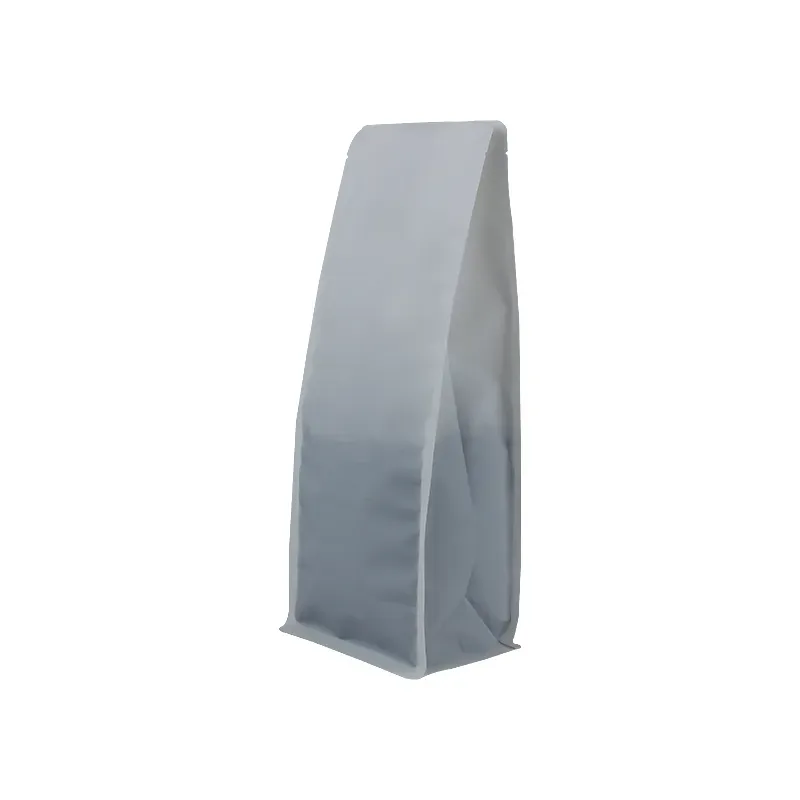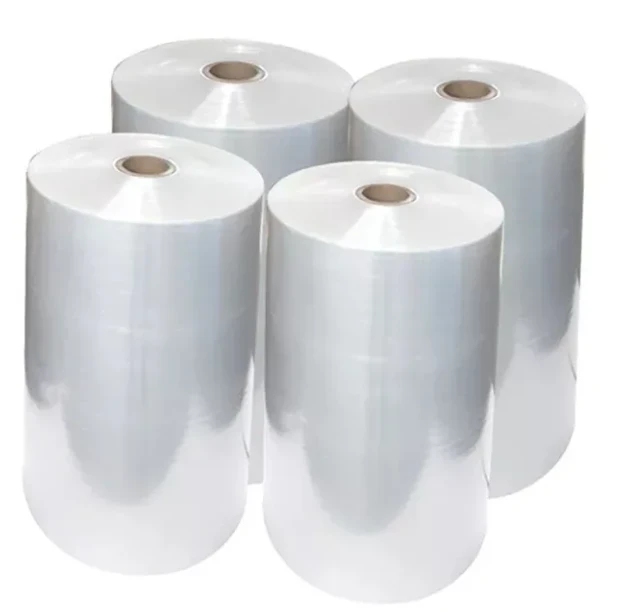- Afrikaans
- Albanian
- Amharic
- Arabic
- Armenian
- Azerbaijani
- Basque
- Belarusian
- Bengali
- Bosnian
- Bulgarian
- Catalan
- Cebuano
- chinese_simplified
- chinese_traditional
- Corsican
- Croatian
- Czech
- Danish
- Dutch
- English
- Esperanto
- Estonian
- Finnish
- French
- Frisian
- Galician
- Georgian
- German
- Greek
- Gujarati
- haitian_creole
- hausa
- hawaiian
- Hebrew
- Hindi
- Miao
- Hungarian
- Icelandic
- igbo
- Indonesian
- irish
- Italian
- Japanese
- Javanese
- Kannada
- kazakh
- Khmer
- Rwandese
- Korean
- Kurdish
- Kyrgyz
- Lao
- Latin
- Latvian
- Lithuanian
- Luxembourgish
- Macedonian
- Malgashi
- Malay
- Malayalam
- Maltese
- Maori
- Marathi
- Mongolian
- Myanmar
- Nepali
- Norwegian
- Norwegian
- Occitan
- Pashto
- Persian
- Polish
- Portuguese
- Punjabi
- Romanian
- Russian
- Samoan
- scottish-gaelic
- Serbian
- Sesotho
- Shona
- Sindhi
- Sinhala
- Slovak
- Slovenian
- Somali
- Spanish
- Sundanese
- Swahili
- Swedish
- Tagalog
- Tajik
- Tamil
- Tatar
- Telugu
- Thai
- Turkish
- Turkmen
- Ukrainian
- Urdu
- Uighur
- Uzbek
- Vietnamese
- Welsh
- Bantu
- Yiddish
- Yoruba
- Zulu
Understanding the Offset Lithography Printing Technique and Its Applications in Modern Printing
Understanding the Offset Lithography Printing Process
Offset lithography, a widely used printing technique, has been a mainstay in the commercial printing industry for decades. The process combines artistic sophistication with technological precision, making it particularly effective for high-volume printing tasks such as books, magazines, brochures, and more. This article will explore the intricacies of the offset lithography printing process, its components, advantages, and some considerations for its use.
How Offset Lithography Works
At its core, offset lithography is based on the principle that oil and water do not mix. The process begins with the creation of a plate, usually made of aluminum, that carries the image to be printed. This plate is coated—one side with a photosensitive emulsion and the other side with a hydrophilic layer that attracts water. When exposed to light, the emulsion hardens in the areas that are not part of the image. The plate is then treated with a solution that washes away the unhardened emulsion, creating a relief image.
Once the plate is ready, it is mounted onto the printing press. The press consists of several components, including an ink fountain, rollers, and a blanket cylinder. The plate cylinder transfers the ink to a rubber blanket cylinder, which in turn transfers the ink to the paper. This indirect transfer is where the term offset comes from—the image is not printed directly from the plate to the substrate but is offset onto the rubber blanket first.
The Printing Process in Detail
1. Prepress Preparation This stage involves creating the design and preparing the printing plates. Digital files are converted into a format suitable for plate production, and film negatives may be created if necessary.
2. Plate Production Plates are made using various methods, including traditional film-based processes and modern digital plate-making technology. The finished plates are checked for quality before being attached to the press.
3. Inking and Dampening The press operator sets up the press by adjusting ink and water levels. The ink rollers distribute a thin layer of ink onto the plate, while the dampening system applies a water solution to the non-image areas.
4. Printing As the press operates, the plate rotates and comes in contact with the blanket cylinder. The inked image is transferred to the blanket, which then presses it onto the paper or other substrate.
5. Drying and Finishing After printing, the ink must be dried, which can be done through various methods like heated air or UV curing. The printed material may then undergo finishing processes such as cutting, folding, or binding, depending on the final product requirements.
Advantages of Offset Lithography
offset lithography printing process

Offset lithography boasts several key advantages that have contributed to its widespread adoption in the printing industry
- High Image Quality Offset printing produces sharp and detailed images with consistent color reproduction, making it ideal for high-quality publications
.- Cost-Effective for Large Runs Compared to digital printing, offset lithography is more economical for larger print runs, as the cost per unit decreases with volume.
- Versatile Substrates Offset presses can print on a wide range of substrates, including paper, cardboard, and plastic, allowing for diverse applications.
- Speed and Efficiency Once set up, offset presses can operate at high speeds, enabling quick turnaround times for large orders.
Considerations for Using Offset Lithography
While offset printing offers numerous benefits, it is essential to consider certain factors before choosing this method
- Initial Setup Costs The setup costs, including plate production and press configuration, can be significant, making it less ideal for small print runs.
- Longer Lead Times Compared to digital printing, offset lithography may have longer lead times due to prepress processes.
- Less Flexibility Changes to a print job after the plates are made can be cumbersome and expensive.
Conclusion
Offset lithography remains a cornerstone of the printing industry, renowned for its quality, cost-effectiveness, and versatility. By understanding the process and its advantages, businesses can make informed decisions to leverage this technology effectively, ensuring that their printed materials stand out in a competitive marketplace. Whether for commercial applications or artistic endeavors, offset lithography continues to be a vital tool in the realm of printing.













